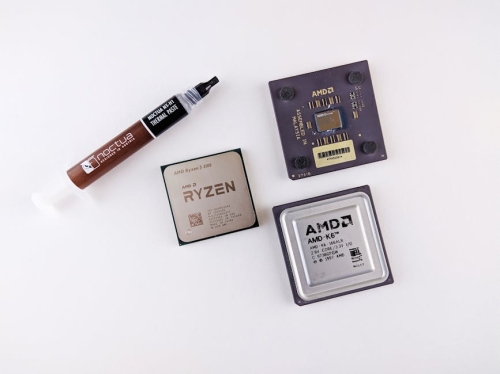
AMD Unveils Next-Generation Ryzen Z2 APUs Tailored for Gaming Handhelds
Three architectures within a single family – yet no indication of a ‘Steam Deck 2’.
AMD has unveiled a trio of next-generation Ryzen Z-series APUs intended for use in gaming handhelds during their CES 2025 keynote. As mentioned in December, the family encompasses three distinct architectures backing support until 2022; however, the announcement still reveals some intriguing new insights about where these chips may be implemented.
The premier Z2 Extreme is an eight-core, 16-thread model with a TDP of up to 35W, constructed on the Strix Point architecture – which recently impressed us in the Beelink SER9 mini PC. This APU also features 16 RDNA 3.5 CUs. Among the eight CPU cores, three are powerful Zen 5 cores and five are smaller Zen 5C cores, which have lesser on-board cache but maintain a similar microarchitecture. This heterogeneous design aims to provide a superior balance between single-core performance and power utilization compared to a uniform alternative, making it fascinating to observe how it performs in new high-end gaming handhelds – take for instance a next-gen Asus ROG Ally X or Lenovo Legion Handheld.
1 of 3
Caption
Attribution
The subsequent model is the standard Z2, which retains eight cores and 16 threads but utilizes the Hawk Point architecture – hence, these are Zen 4 cores. This APU also incorporates 12 RDNA 3 CUs, is rated up to 30W, and is expected to be featured in more budget-friendly handhelds – e.g., potentially the most economical version of the ROG Ally.
Finally, and perhaps most interestingly, the Z2 Handheld is a unique kind from Lenovo purportedly designed for the forthcoming Legion Handheld S, which is their smaller and more affordable device. This model features four Zen 3+ (Rembrandt) cores with 12 RDNA 2 CUs, leveraging the 2022-generation architecture that promises lower performance and fewer features at a reduced cost. This aligns well for the Handheld S, which must be competitively priced compared to the larger standard Legion Handheld – and a $300-$400 handheld could perform admirably if its performance lies within Steam Deck territory!
Pre-release reports indicated that AMD anticipated that Z2-series chips would be available on systems produced
